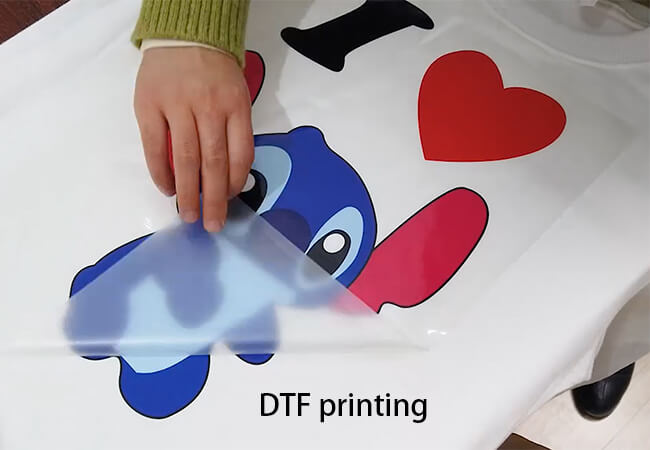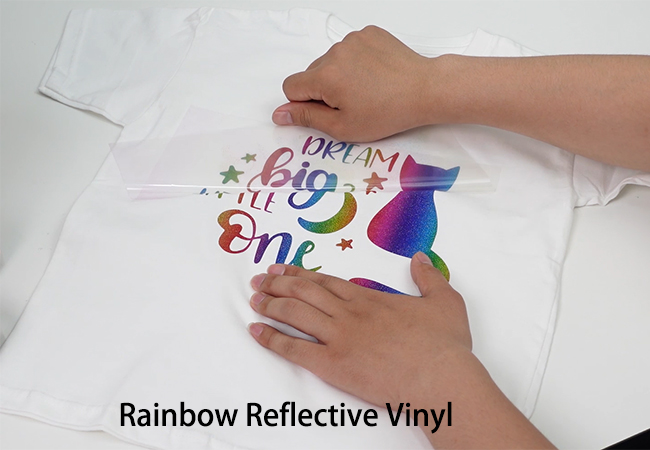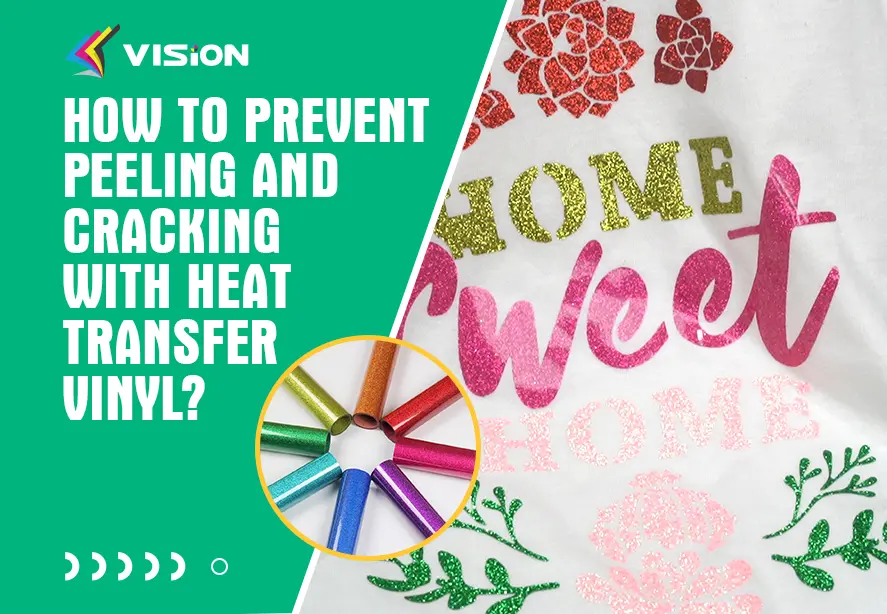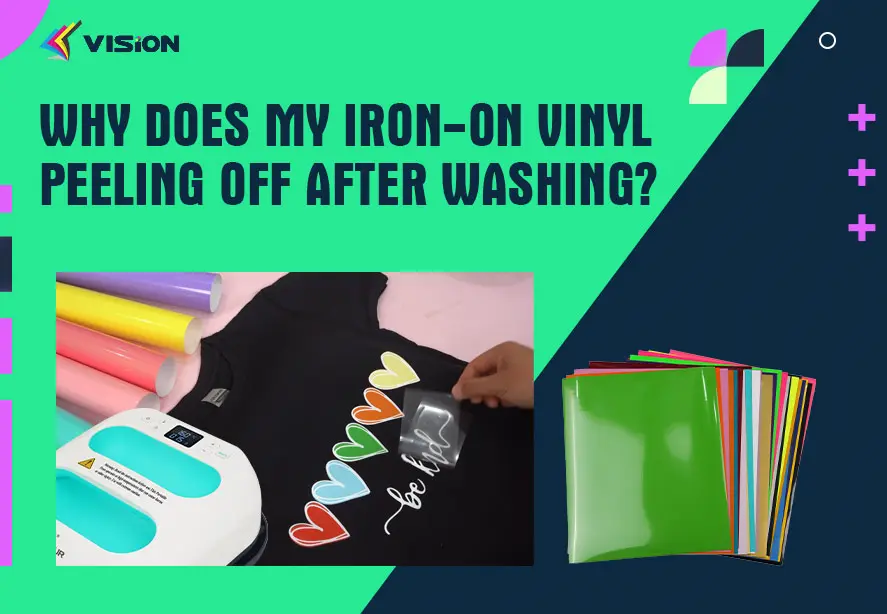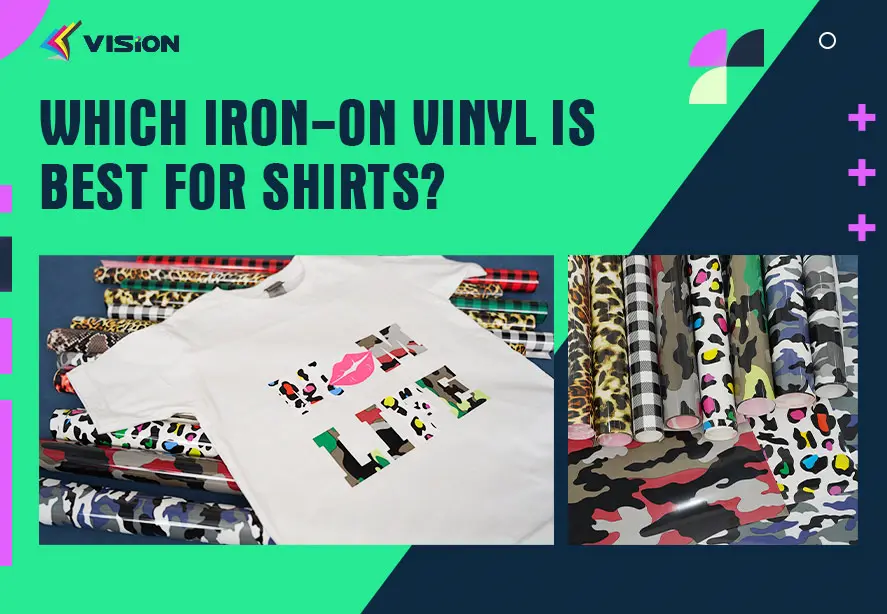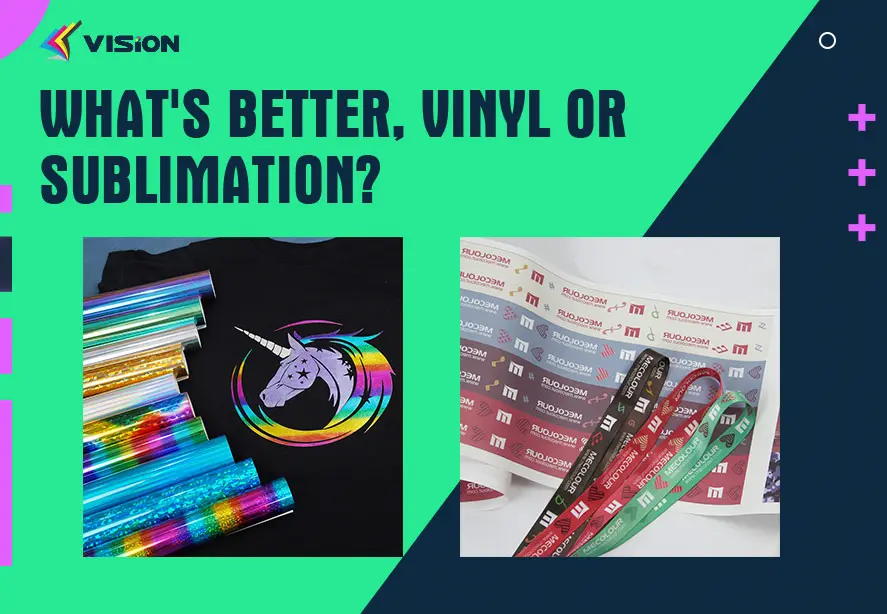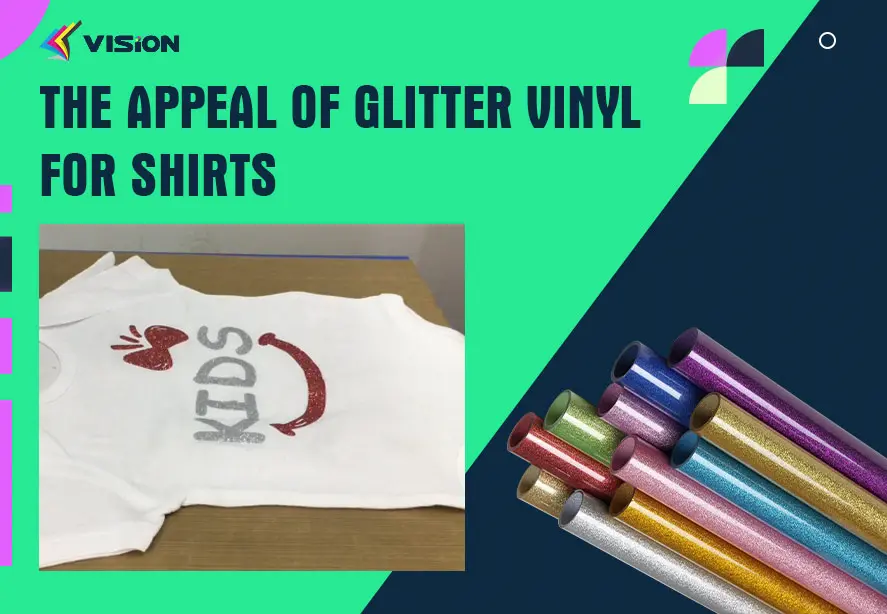Which is better,heat transfer vinyl or DTF?
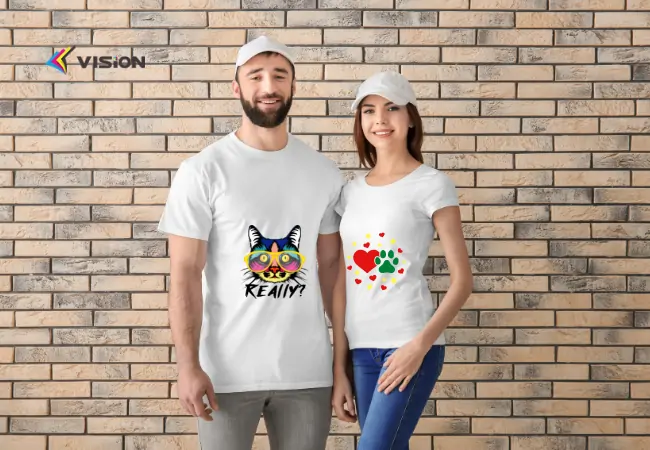
Because of the DTF (Direct To Film) printing technology’s wide application in the digital printing industry, some HTV vinyls (Heat Transfer Vinyl) are gradually being replaced. As we all know, both DTF and HTV are thermally conductive materials that can be applied to textiles such as clothing, shoes, hats, bags, etc.
So what is the difference between them?
1. The production process is different
The process of using HTV is to first use a cutting plotter to carve patterns on the vinyl. The excess part needs to be removed, then the pattern is ironed on the clothes, and finally the PET release film is torn off.
DTF printing is to print the designed picture on the DTF film first, then cover the pattern with hot melt powder, bake and melt. Finally, the pattern is transferred to products of various colors and materials by thermal transfer printing.
2. The product features are different
T shirt HTV vinyls are usually monochrome. Due to the difference in craftsmanship and materials, different textures such as reflective, luminous, metal, and flocking are distinguished. At the same time, it will not deform after hot stamping at high temperature, is environmentally friendly and non-toxic, and is suitable for hot stamping individual patterns on various textiles.
DTF printing can use DTF ink (CMYK+W) to print various colors, and can also use DTF fluorescent ink to print patterns with fluorescent effects. Compared with HTV, DTF can print thinner lines, and it will not deform after high temperature heat transfer. The effect after transfer printing is smooth, good elasticity, anti-stretch, and good washing effect.
To sum up, HTV and DTF for shirts are different in production process, color, effect, texture and so on. After understanding these points, producers can choose suitable thermal transfer products according to the product’s style design, production needs and other factors.
If you have any questions about DTF and HTV, please feel free to contact us! We will serve you wholeheartedly!


